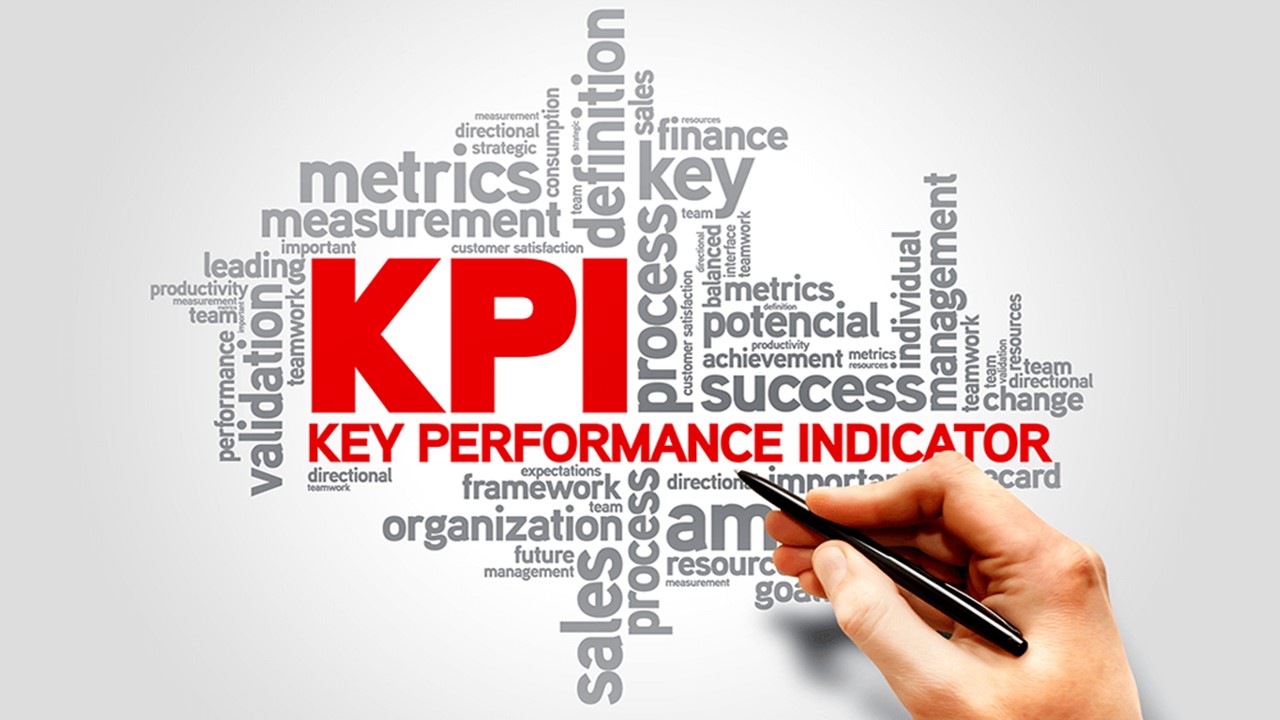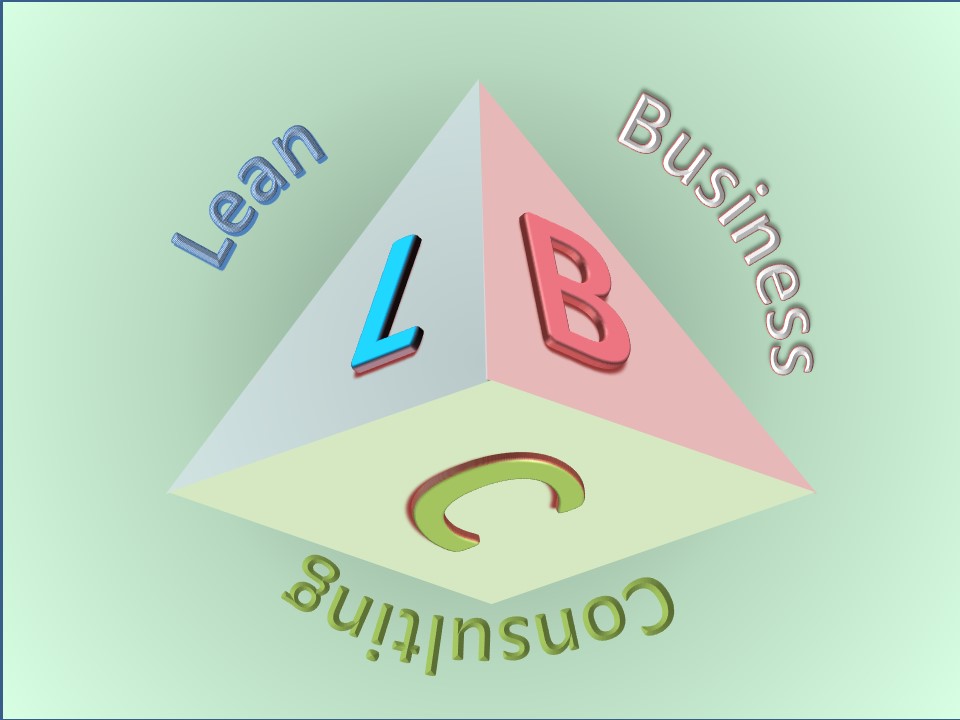This article aims to clarify what a KPI (Key Performance Indicator) is, how to select it and how to implement it in an organisation. Pitfalls, perils and how to mitigate them are also highlighted. The principles are independent from the type of organisation, but here focus is given to manufacturing....
So, what is a KPI?
A KPI by definition according to Investopedia is: A set of quantifiable measures that a company or industry uses to gauge or compare performance in terms of meeting their strategic and operational goals.
Why are KPIs important?
Can you imagine football teams playing without goals? That would be a confusion, with players kicking the ball in every possible direction. No kidding, we need goals and we need metrics to show whether we are progressing towards the goals at all.
A KPI is a metric that is connected to a target, the goal. A metric without a target can only show the movement, which can be chaotic, a target without a KPI is a wishful thinking.
How to select a KPI?
A simple search in the internet will flood you with KPIs, for any industry, any business model and any factory. Are all of them suitable? KPIs are not nice to have things; they can help you but they can also destroy you.
 In selecting a KPI, the first thing to be done is to ensure that the KPI is connected to the company strategy. “KPIs that are divorced from business success risk unprofitability”.
In selecting a KPI, the first thing to be done is to ensure that the KPI is connected to the company strategy. “KPIs that are divorced from business success risk unprofitability”.
The KPIs should form an integral set. They are usually mutually dependent and should be carefully balanced to bring about the expected overall outcome, which should then nicely fit to the company strategy.
Any contradiction among KPIs may endanger the whole effort.
The contradicting KPIs are types of trade-offs, because one succeeds at the expense of the other. How can trade-offs be handled? An in depth analysis of the reasons of the trade-off will propose improvements to overcome the problem and enable the achievement of both initially contradicting KPIs. For example, the reduction of the batch size in production (to help increasing the stock turns) will increase the number of product change overs on the production lines, which will boost the costs and the wastes. Focusing in the product change over routine will result in speeding it up and reducing the wasted material. This improvement eventually helps in achieving both the batch size reduction (consequently also the stock turns) as well as the waste reduction targets.
There are lagging and leading KPIs. The former are output metrics like production volume, overtime and OEE (Overall Equipment Efficiency) that are based on what has happened. Lagging indicators are typically “output” oriented, easy to measure but hard to improve or influence. Lagging indicators cannot be acted upon. They are essential KPIs but relying only on them is like driving your car using the mirrors.
Leading indicators are typically input oriented, hard to measure and easy to influence, such as MTTR (Mean Time To Repair) or MTBF (Mean Time Between Failures) or even instant OEE (measured on-time real-time during production). Leading indicators help in taking effective action to bring the lagging ones back on track.
However, no matter how important the leading indicators are, it is the lagging ones that must first be selected, to indicate the required leading indicators. Besides, the lagging indicators are showing whether the selected leading ones are effective for their improvement.
The selected KPIs and their targets should suffice to bring about the expected improvement in the base line. But how to test it? A good practice is to recalculate past year’s result as if the targets have already been achieved. This exercise creates an excellent mental picture of the future and has unprecedented effect on people empowerment.
The following example indicates which KPIs to select for a factory that has decided to focus on quality, cost and delivery (QCD) in alignment with the company policy.
On quality:
- Consumer complains per million units
- Reprocessing volume %
On cost:
- Conversion (manufacturing) cost per ton
- Maintenance cost per year
- Overall Equipment Efficiency %
- Energy cost per ton
- Material waste %
On delivery:
- Production plan conformance: % realization of production plan
- Customer service (On Time In Full)
- Stock turns
An extension of this KPIs set could include also safety (eg. days without an accident, near miss cases) and moral (eg. absenteeism %, improvement proposals).
We should resist our strong tendency to select as many KPIs as possible. Less is almost always more. Many KPIs results in thin distribution of management attention and kills focusing, which is essential to the achievement of the targets. Choose 4 to 10 KPIs.
How to make the best out of a KPI?
The first and most important attribute of a KPI is its goal or target. Technology required to surface a KPI must be reliably and cost effectively implemented. It is important in production to utilise manual orders or events during processes to capture information useful for the update of the KPIs. Specific commands designed for the collection of data for the KPIs tend to be overlooked, if they are not required for the production process. For instance, asking the operators to jot down every stop of their machine skips roughly 50% of the stoppages. Automatically recording the stops and restarts of the machine captures the exact downtime.
Each KPI should comply with the SMART requirements. It must be:
- Specific, to help in improvement activities,
- Measurable, that is, expressed in numbers,
- Achievable, to empower people,
- Realistic, to hit the target with the existing resources and scheduled improvement activities,
- Time-bound, that is, it must refer to a deadline for achieving the target.
Each KPI carries in itself the sense of change. Creating a KPI that is achievable without changes, training and support, is purposeless. Everybody has come across cases where: “People will do what management inspects, not necessarily what management expects.” If we don’t care, it may happen that: “Over half the measures in an organization may be encouraging unintended behaviour”, which sooner or later will give rise to problems.
The KPI targets are always set higher than current metrics; there is no point in setting targets that are already exceeded. There is no space for “Business as usual” mentality. To achieve the KPIs people must be ready to anticipate that they will change the way they used to do things.
One of the biggest failings in defining KPIs is ignoring the human factor. Setting the target of a KPI involves deep respect to peoples’ requirement to improve themselves and the environment where they live and work. Respect is based upon deep understanding and trusting people and is expressed by helping people to improve through training and support. A structured simple way of doing this is by asking three questions:
- What is the problem here?
- Which at least one thing are you going to change?
- What help do you need?
Only on this background stretching but achievable ambitious targets can be set and achieved and only in this way challenging targets are adopted by the people and “owned” by them. Ownership is the background of responsibility and accountability.
Why challenging targets may fail?
Suppose you want to set a target for the annual stock turns. Your current score is 3x. You may choose 3.5x or 4x but you may also think “why not 20x or even 30x?”
There are two trends in target setting. The first one favours the small improvement steps. This fits well in cases of new teams that are not trained to bring about big changes and also in cases when the KPI doesn’t have a high priority within a set of well-balanced KPIs. The second trend is in favour of ambitious targets. The success in this case is based on the premise that the team is receptive to totally new ways of working and is willing to acquire new knowledge.
The challenging targets belong to the high strategic business priorities and require strong top management support. Care should also be taken to ensure that all the pre-requirements are met and a sound plan of activities is in place. If any of these is not valid the challenging target will fail, no matter how experienced is the team.
Usually a long term KPI involves a big change expressed in a challenging target. Beside providing good support, a challenging target should be backed up by relevant short term targets. Bear in mind that a challenging target is a tough exercise that has a profound impact on the business results and the accumulated knowledge by the organisation.
How to implement a KPI?
The implementation of a KPI is the result of a teamwork effort. Once a KPI and its target are agreed the team works to propose a masterplan of improvement projects. Daily follow up of activities, weekly reviews of the projects and monthly reviews of the masterplan are required to keep the process on track and everybody on the same page. Scorecards, dashboards, one page management sheets and team activity boards are simple but effective visual management tools for good communication.
In case of changes in the market the team should anticipate changes in their improvement projects, targets or even their KPIs.
Communicating up and across is a key to successful implementation of KPIs, particularly in cases when the team expects to miss a target or to change a KPI. The faster a message is conveyed, the easier for management to remedy the situation.
Conclusion
Selecting KPIs and setting targets is a strategic exercise. Not all KPIs are equally important, so they are prioritised. A carefully selection of a balanced set of actionable and aligned with the business priorities KPIs guarantees a successful strategy implementation on the premise that a strong team culture is in place.
Because heaven is not on earth, the manufacturing management should be prepared to anticipate any hick ups in the selection and the implementation of the KPIs and should treat them not to blame people but as opportunities for improvement. Honest and in depth analysis of the problems, avoiding quick fixes, creates an unprecedented opportunity to learn for everybody in the factory and leads to Operational Excellence.
6/11/2018
Alkis Charalambopoulos, www.leansolutions.gr
Keywords
KPI, target, manufacturing, strategy, stock, change, improvement, management, respect, team, leading indicators, lagging indicators

